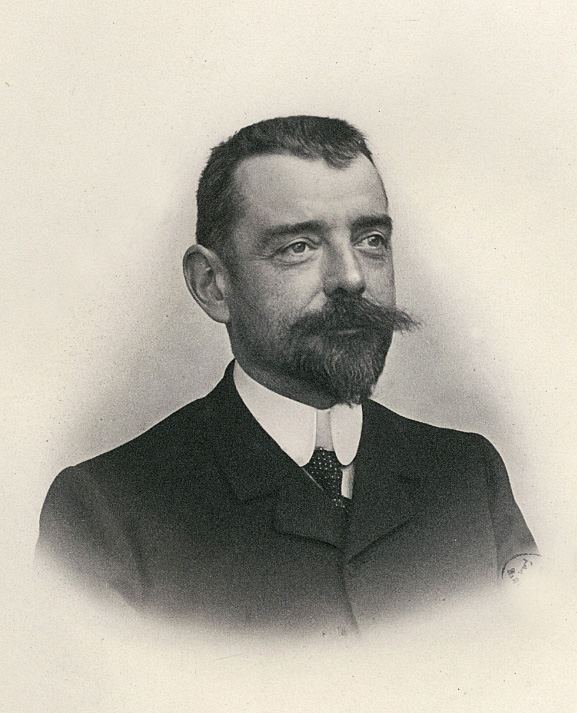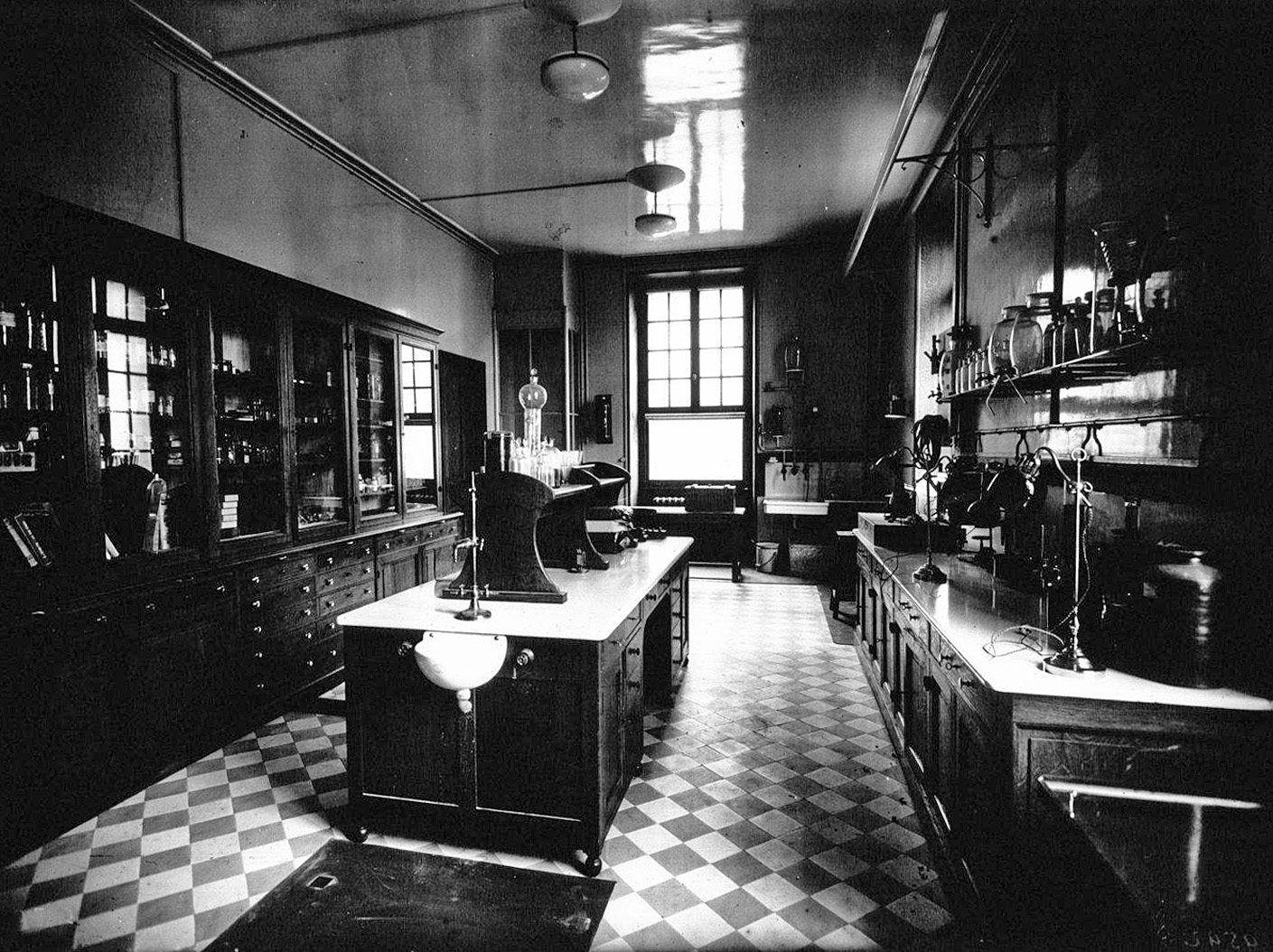|
Joubin
Louis Marie Adolphe Olivier Édouard Joubin (27 February 1861 in Épinal – 24 April 1935 in Paris) was a professor at the Muséum national d'Histoire naturelle in Paris. He published works on nemerteans, chaetognatha, cephalopods, and other Mollusk, molluscs. He served as an assistant to Henri de Lacaze-Duthiers, subsequently becoming director of the laboratories at Banyuls-sur-Mer (1882) and Station biologique de Roscoff, Roscoff (1884). Later on, he became an instructor at the University of Rennes,Prosopo Sociétés savantes and in 1903 succeeded Edmond Perrier as ''chaire des mollusques, des vers et des zoophytes'' at the Muséum national d'Histoire naturelle (from 1917 onward his title was ''chaire des mollusques''). In 1906 he was chosen by Albert I, Prince of Monaco to be in charge of instruction at the Institut océanographique. [...More Info...] [...Related Items...] OR: [Wikipedia] [Google] [Baidu] |
Joubin's Squid
''Joubiniteuthis portieri'', also known as Joubin's squid from the monotypic family Joubiniteuthidae and genus ''Joubiniteuthis''. It is a rare, small squid which occurs in the mesopelagic to bathypelagic zones and which has a worldwide distribution in tropical and subtropical regions. It is a distinctive squid having long arms I-III which have numerous small suckers in six rows. Its biology is little known and it is thought that it stays in the depths of the ocean with its arms outstretched waiting for small animals to ensnare after they have accidentally swum into the arms. This species is named after Louis Joubin, a French zoologist Zoology ()The pronunciation of zoology as is usually regarded as nonstandard, though it is not uncommon. is the branch of biology that studies the animal kingdom, including the structure, embryology, evolution, classification, habits, and d .... It is known to reach a mantle length of 9 cm. References External links Tree of Life ... [...More Info...] [...Related Items...] OR: [Wikipedia] [Google] [Baidu] |
Louis Joubin
Louis Marie Adolphe Olivier Édouard Joubin (27 February 1861 in Épinal – 24 April 1935 in Paris) was a professor at the Muséum national d'Histoire naturelle in Paris. He published works on nemerteans, chaetognatha, cephalopods, and other molluscs. He served as an assistant to Henri de Lacaze-Duthiers, subsequently becoming director of the laboratories at Banyuls-sur-Mer (1882) and Roscoff (1884). Later on, he became an instructor at the University of Rennes,Prosopo Sociétés savantes and in 1903 succeeded Edmond Perrier as ''chaire des mollusques, des vers et des zoophytes'' at the |
List Of Chairs Of The Muséum National D'histoire Naturelle
The following is a list persons who have held the chairs of the Muséum national d'histoire naturelle. The number of chaired positions, and their subject areas, have evolved since the creation of the original twelve chairs, some being subdivided into two positions and others removed. (Titles translated) * Animal Anatomy ** 1793 to 1802: Jean-Claude Mertrud ** 1802 to 1832: Georges Cuvier. This chair was renamed ''Comparative Anatomy''. ***Comparative Anatomy **** 1832 to 1850: Henri Marie Ducrotay de Blainville **** 1850 to 1855: Georges Louis Duvernoy **** 1855 to 1868: Etienne Serres **** 1868 to 1879: Paul Gervais **** 1879 to 1894: Georges Pouchet **** 1894 to 1902: Henri Filhol **** 1903 to 1921: Edmond Perrier **** 1922 to 1941: Raoul Anthony **** 1942: Empty **** 1943 to 1960: Jacques Millot **** 1961: Empty **** 1962 to 1984: Jean Anthony **** 1984 to 2001: Empty *Human Anatomy ** 1793 to 1832: Antoine Portal ** 1832 to 1838: Pierre Flourens. This chair was renamed ''An ... [...More Info...] [...Related Items...] OR: [Wikipedia] [Google] [Baidu] |
Nemertean
Nemertea is a phylum of animals also known as ribbon worms or proboscis worms, consisting of 1300 known species. Most ribbon worms are very slim, usually only a few millimeters wide, although a few have relatively short but wide bodies. Many have patterns of yellow, orange, red and green coloration. The foregut, stomach and intestine run a little below the midline of the body, the anus is at the tip of the tail, and the mouth is under the front. A little above the gut is the rhynchocoel, a cavity which mostly runs above the midline and ends a little short of the rear of the body. All species have a proboscis which lies in the rhynchocoel when inactive but everts to emerge just above the mouth to capture the animal's prey with venom. A highly extensible muscle in the back of the rhynchocoel pulls the proboscis in when an attack ends. A few species with stubby bodies filter feed and have suckers at the front and back ends, with which they attach to a host. The brain is a ring ... [...More Info...] [...Related Items...] OR: [Wikipedia] [Google] [Baidu] |
Société Zoologique De France
La Société zoologique de France ( en, "Zoological Society of France"), founded in 1876 by Aimé Bouvier, is a scientific society devoted to Zoology. It publishes a bulletin and organises the Prix Gadeau de Kerville de la Société zoologique de France. List of presidents * 1876–1877: Jules Vian * 1878: Félix Pierre Jousseaume * 1879: Edmond Perrier * 1880: Jules Vian * 1881: Fernand Lataste * 1882: Eugène Simon * 1883: Jules Künckel d'Herculais * 1884: Maurice Chaper * 1885: Jean Pierre Mégnin * 1886: Paul Henri Fischer * 1887: Adrien Certes * 1888: Jules Jullien * 1889: Gustave Cotteau * 1890: Jules de Guerne * 1891: Louis-Joseph Alcide Railliet * 1892: Philippe Dautzenberg * 1893: Émile Oustalet * 1894: Lionel Faurot * 1895: Léon Vaillant * 1896: Louis Eugène Bouvier * 1897: Romain Moniez * 1898: Henri Filhol * 1899: Charles Janet * 1900: Yves Delage * 1901: Édouard Louis Trouessart * 1902: Arthur René Jean Baptiste Bavay * 1903: Jules Richard * 1904: Ed ... [...More Info...] [...Related Items...] OR: [Wikipedia] [Google] [Baidu] |
Nemertea
Nemertea is a phylum of animals also known as ribbon worms or proboscis worms, consisting of 1300 known species. Most ribbon worms are very slim, usually only a few millimeters wide, although a few have relatively short but wide bodies. Many have patterns of yellow, orange, red and green coloration. The foregut, stomach and intestine run a little below the midline of the body, the anus is at the tip of the tail, and the mouth is under the front. A little above the gut is the rhynchocoel, a cavity which mostly runs above the midline and ends a little short of the rear of the body. All species have a proboscis which lies in the rhynchocoel when inactive but everts to emerge just above the mouth to capture the animal's prey with venom. A highly extensible muscle in the back of the rhynchocoel pulls the proboscis in when an attack ends. A few species with stubby bodies filter feed and have suckers at the front and back ends, with which they attach to a host. The brain is a rin ... [...More Info...] [...Related Items...] OR: [Wikipedia] [Google] [Baidu] |
Louis Germain
Alfred Louis Pierre Germain (8 January 1878 – 18 October 1942) was a French malacologist born in Niort, department Deux-Sèvres. He studied in Angers and Paris, obtaining his doctorate of sciences in 1907. Later he worked under Louis Joubin in the laboratory of mollusks, worms and zoophytes at the Muséum national d'histoire naturelle in Paris. From 1936 to 1942 he was director of the museum. Recently (2010), a new genus of freshwater mussels from Madagascar called ''Germainaia'' was introduced into science. Written works * ''Étude sur les mollusques terrestres et fluviatiles vivants des environs d'Angers et du département de Maine-et-Loire'', Bulletin of the Society of Natural Sciences of Western France, 1903 – Study of terrestrial and fluviatile mollusks living in the vicinity of Angers and the department of Maine-et-Loire. * ''Les mollusques terrestres & fluviatiles de l'Afrique centrale française'', 1907 - Terrestrial and fluviatile mollusks of French central Afr ... [...More Info...] [...Related Items...] OR: [Wikipedia] [Google] [Baidu] |
Sponge
Sponges, the members of the phylum Porifera (; meaning 'pore bearer'), are a basal animal clade as a sister of the diploblasts. They are multicellular organisms that have bodies full of pores and channels allowing water to circulate through them, consisting of jelly-like mesohyl sandwiched between two thin layers of cells. Sponges have unspecialized cells that can transform into other types and that often migrate between the main cell layers and the mesohyl in the process. Sponges do not have nervous, digestive or circulatory systems. Instead, most rely on maintaining a constant water flow through their bodies to obtain food and oxygen and to remove wastes. Sponges were first to branch off the evolutionary tree from the last common ancestor of all animals, making them the sister group of all other animals. Etymology The term ''sponge'' derives from the Ancient Greek word ( 'sponge'). Overview Sponges are similar to other animals in that they are multicellular, he ... [...More Info...] [...Related Items...] OR: [Wikipedia] [Google] [Baidu] |
Natural Science
Natural science is one of the branches of science concerned with the description, understanding and prediction of natural phenomena, based on empirical evidence from observation and experimentation. Mechanisms such as peer review and repeatability of findings are used to try to ensure the validity of scientific advances. Natural science can be divided into two main branches: life science and physical science. Life science is alternatively known as biology, and physical science is subdivided into branches: physics, chemistry, earth science, and astronomy. These branches of natural science may be further divided into more specialized branches (also known as fields). As empirical sciences, natural sciences use tools from the formal sciences, such as mathematics and logic, converting information about nature into measurements which can be explained as clear statements of the " laws of nature". Modern natural science succeeded more classical approaches to natural philosophy, usu ... [...More Info...] [...Related Items...] OR: [Wikipedia] [Google] [Baidu] |
North Atlantic
The Atlantic Ocean is the second-largest of the world's five oceans, with an area of about . It covers approximately 20% of Earth's surface and about 29% of its water surface area. It is known to separate the "Old World" of Africa, Europe and Asia from the "New World" of the Americas in the European perception of the World. The Atlantic Ocean occupies an elongated, S-shaped basin extending longitudinally between Europe and Africa to the east, and North and South America to the west. As one component of the interconnected World Ocean, it is connected in the north to the Arctic Ocean, to the Pacific Ocean in the southwest, the Indian Ocean in the southeast, and the Southern Ocean in the south (other definitions describe the Atlantic as extending southward to Antarctica). The Atlantic Ocean is divided in two parts, by the Equatorial Counter Current, with the North(ern) Atlantic Ocean and the South(ern) Atlantic Ocean split at about 8°N. Scientific explorations of the Atlantic ... [...More Info...] [...Related Items...] OR: [Wikipedia] [Google] [Baidu] |
Jean Baptiste Charcot
Jean-Baptiste-Étienne-Auguste Charcot (15 July 1867 – 16 September 1936), born in Neuilly-sur-Seine, was a French scientist, medical doctor and polar scientist. His father was the neurologist Jean-Martin Charcot (1825–1893). Life Jean-Baptiste Charcot was appointed leader of the French Antarctic Expedition with the ship ''Français'' exploring the west coast of Graham Land from 1904 until 1907. The expedition reached Adelaide Island in 1905 and took pictures of the Palmer Archipelago and Loubet Coast. From 1908 until 1910, another expedition followed with the ship '' Pourquoi Pas ?'', exploring the Bellingshausen Sea and the Amundsen Sea and discovering Loubet Land, Marguerite Bay, Mount Boland and Charcot Island, which was named after his father, Jean-Martin Charcot. anhere./ref> He named Hugo Island after Victor Hugo, the grandfather of his wife, Jeanne Hugo. Later on, Jean-Baptiste Charcot explored Rockall in 1921 and Eastern Greenland and Svalbard from 1925 until 193 ... [...More Info...] [...Related Items...] OR: [Wikipedia] [Google] [Baidu] |






